In recent years, highway drive-in restaurants have seen a remarkable surge in popularity. These establishments, once limited to traditional roadside eateries, have evolved into modern destinations where travelers can take a break, enjoy good food, and experience thoughtfully designed interiors. This trend is driven by changing consumer preferences, technological advances, and the need for convenient dining options during long trips. In this article, we will explore the reasons behind this trend and key points to consider for the construction and interior design of highway drive-in restaurants.
1. The Growing Demand for Highway Drive-In Restaurants
With increased vehicular travel and an emphasis on road trips, the demand for highway drive-in restaurants is growing rapidly. These dining destinations offer a convenient, safe, and accessible solution for travelers looking to enjoy a meal without having to stray far from their route. For families and long-haul drivers alike, these restaurants provide a much-needed break from the road.
Moreover, with the rise of contactless dining and advancements in mobile technology, the convenience of placing orders directly from a vehicle adds to the appeal. Travelers can order, eat, and relax, all while staying within a familiar and efficient setting.

2. Key Considerations for the Construction of Highway Drive-In Restaurants
When planning the construction of a highway drive-in restaurant, several factors should be carefully considered to ensure its success:
a. Location and Accessibility
Selecting a location near major highways and well-trafficked routes is critical. These restaurants must be easily accessible from the road, with ample parking space for both cars and larger vehicles such as trucks and buses. Locations close to rest areas, fuel stations, or tourist attractions are particularly desirable, as they naturally attract higher foot traffic.
b. Building Materials and Durability
Given their proximity to highways, drive-in restaurants are subject to heavy traffic, pollution, and exposure to the elements. Therefore, the choice of construction materials is essential. Durable, weather-resistant materials such as concrete, steel, and glass should be used to withstand the harsh conditions while ensuring that the restaurant remains aesthetically pleasing.
c. Sustainability and Energy Efficiency
As environmental concerns grow, more restaurants are adopting sustainable building practices. Incorporating energy-efficient designs, such as solar panels and insulated windows, not only reduces operational costs but also appeals to eco-conscious customers. The use of sustainable materials, such as reclaimed wood, can also give the restaurant a more inviting, rustic look, which is increasingly popular among travelers.
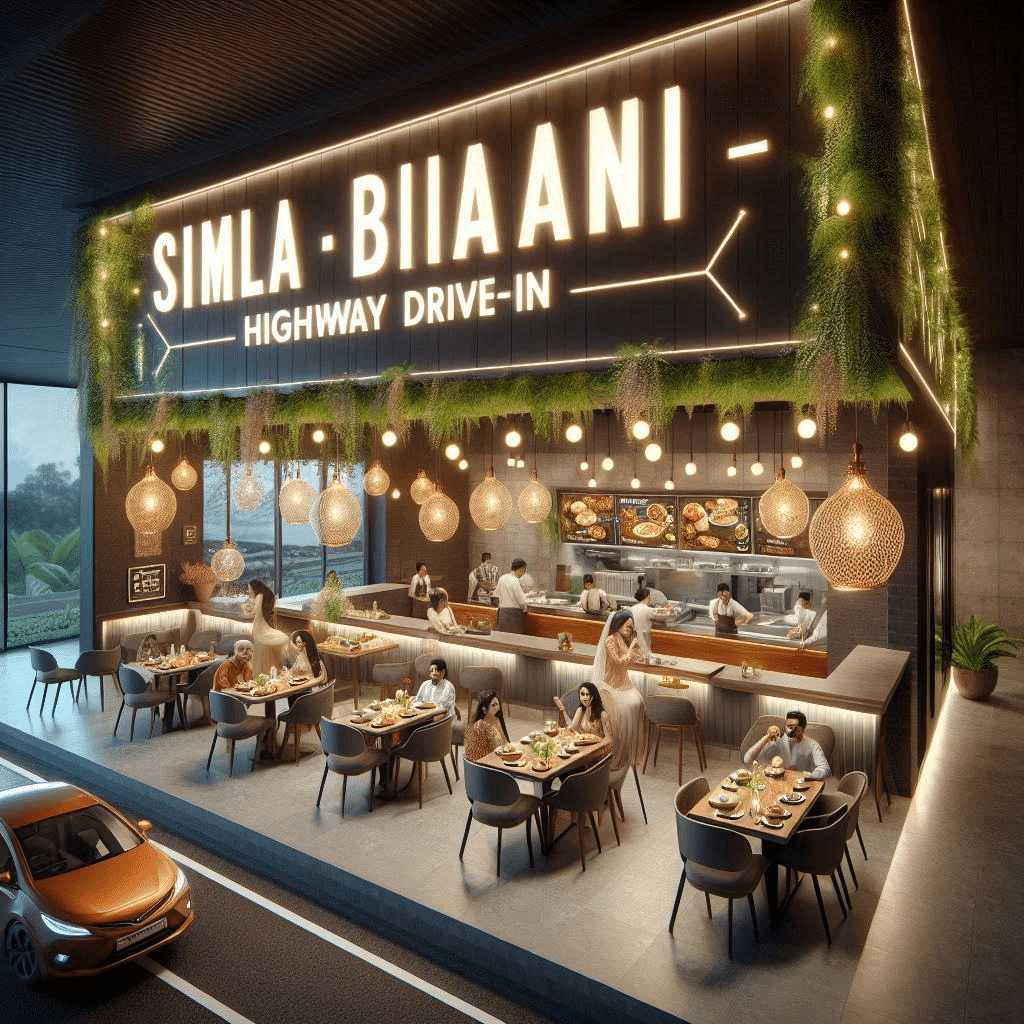
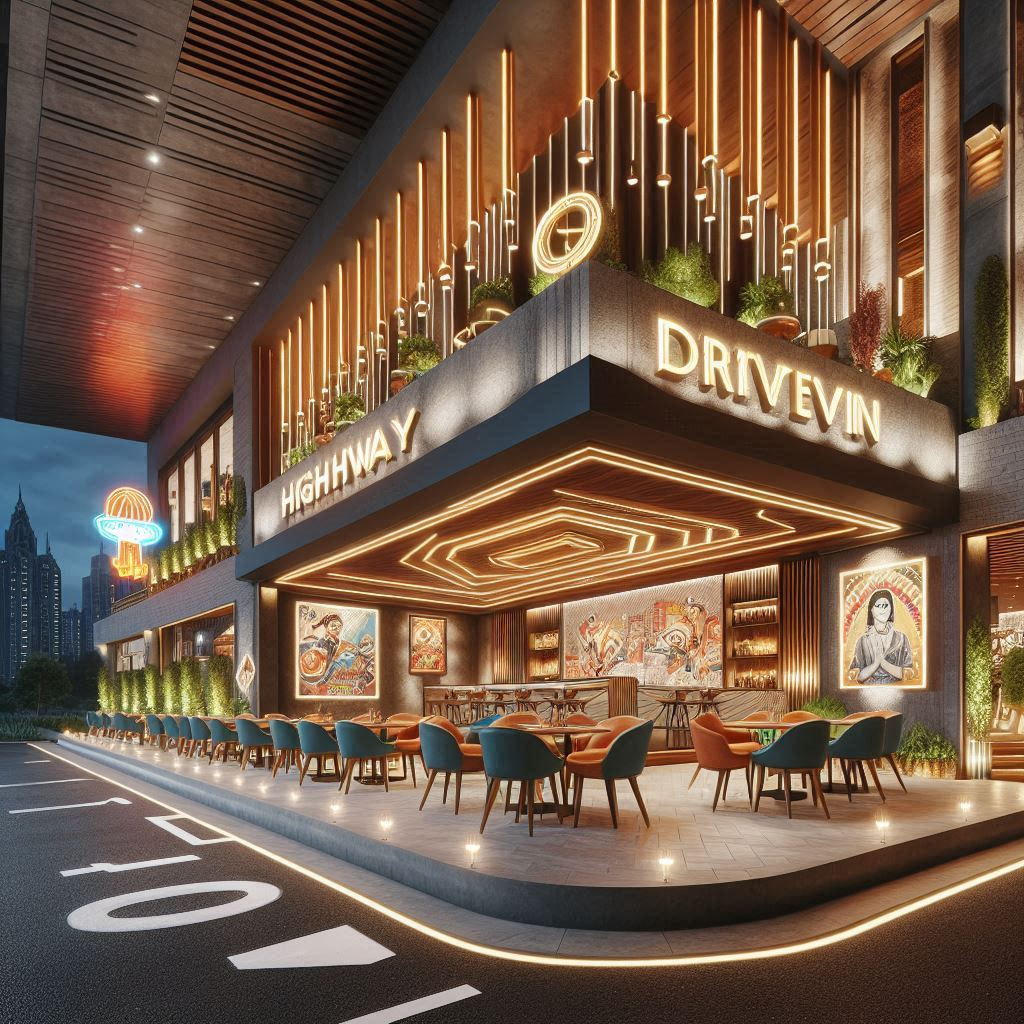
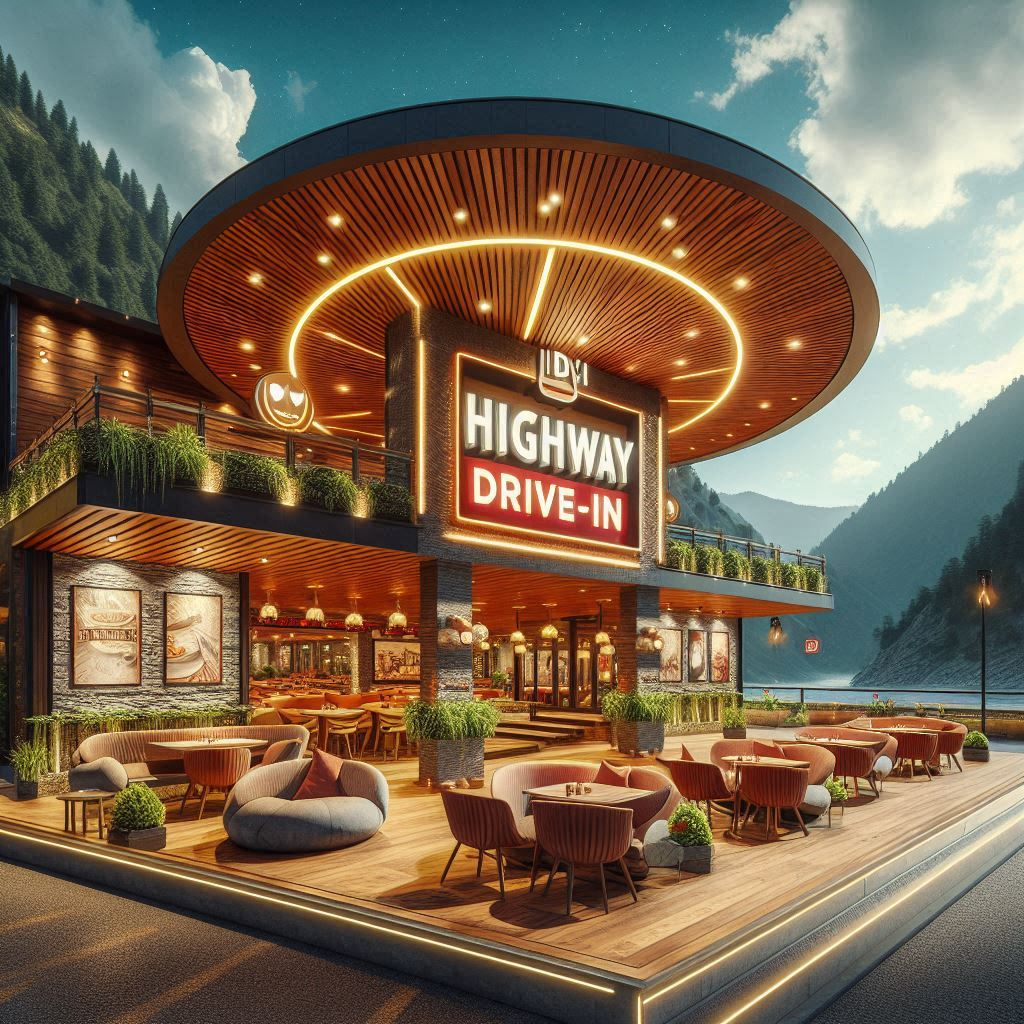
3. Interior Design Trends for Highway Drive-In Restaurants
The interior design of a highway drive-in restaurant plays a significant role in its success. While functionality is key, the ambience and comfort of the dining area can greatly impact customer satisfaction. Below are some popular interior design trends for highway drive-in restaurants:
a. Modern and Minimalist Designs
Many travelers prefer a clean, modern space that feels spacious and welcoming. Minimalist interior design emphasizes simplicity, with neutral colors, streamlined furniture, and open layouts. This design not only creates a comfortable atmosphere but also speeds up cleaning and maintenance—essential for high-traffic locations.
b. Rustic and Local Influence
For restaurants looking to create a more personalized dining experience, incorporating elements of the local culture or natural surroundings into the interior design can be a powerful strategy. Using natural materials such as wood, stone, and exposed brick can give the space a cozy, rustic feel that resonates with both locals and tourists.
c. Technology Integration
As mentioned earlier, technology plays a pivotal role in the modern dining experience. Self-order kiosks, mobile ordering, and digital menus are becoming standard features in highway drive-in restaurants. The integration of these systems within the interior design, such as strategically placing kiosks for ease of use, enhances the overall customer experience and reduces wait times.
4. Key Points for Designing Interiors That Promote Comfort and Efficiency
a. Space Optimization
Drive-in restaurants must focus on optimizing space for efficiency, particularly in high-traffic areas like ordering stations and parking lots. Inside the restaurant, space should be allocated for both seated dining and fast take-out options. Clear pathways for customers and staff reduce congestion and ensure a smooth flow of service.
b. Seating Arrangements
Providing a variety of seating options is crucial. From individual booths for solo travelers to larger tables for families, seating should cater to diverse customer needs. Additionally, outdoor seating is a desirable feature for those looking to enjoy their meal in the fresh air, especially in scenic highway locations.
c. Lighting and Ambience
Lighting plays a critical role in setting the mood for a restaurant. Soft, ambient lighting can make the space feel more inviting and comfortable, while bright, focused lighting is essential for the kitchen and service areas to ensure efficient operations.
5. Importance of Hygiene and Cleanliness
In a post-pandemic world, the importance of cleanliness and hygiene in restaurants cannot be overstated. For highway drive-in restaurants, cleanliness is particularly vital as they cater to a transient customer base. Contactless payments, sanitization stations, and clear cleaning protocols should be integral aspects of both the interior design and operational procedures.
a. Easy-to-Clean Materials
Selecting materials that are easy to clean and maintain is essential for a highway drive-in restaurant. Vinyl flooring, stainless steel surfaces, and wipeable seating ensure that the restaurant can be cleaned efficiently, even during peak times.
b. Open Kitchen Design
An open kitchen design, where customers can see the food being prepared, not only enhances the overall dining experience but also reassures customers of the restaurant’s hygiene standards.
6. Partnering with Professional Interior Designers
To achieve the best results, it is recommended to work with professionals who specialize in restaurant interior design. For example, if you’re looking for the best interior design company in Kolkata or the best interior design for restaurants, it’s essential to choose a team that understands the unique needs of highway restaurants.
These professionals can help create designs that are both aesthetically pleasing and highly functional. Whether you’re seeking the best cafe interior design or need a restaurant designer near me, partnering with experts will ensure your drive-in restaurant stands out from the competition.
Conclusion
Highway drive-in restaurants are not just a passing trend; they are quickly becoming an essential part of the modern dining experience. With careful consideration of construction materials, interior design trends, and a focus on creating comfortable, efficient spaces, these restaurants can provide a memorable and convenient dining experience for travelers. By staying ahead of design trends and ensuring the functionality of your restaurant, you can attract a loyal customer base and enjoy long-term success in this competitive market.

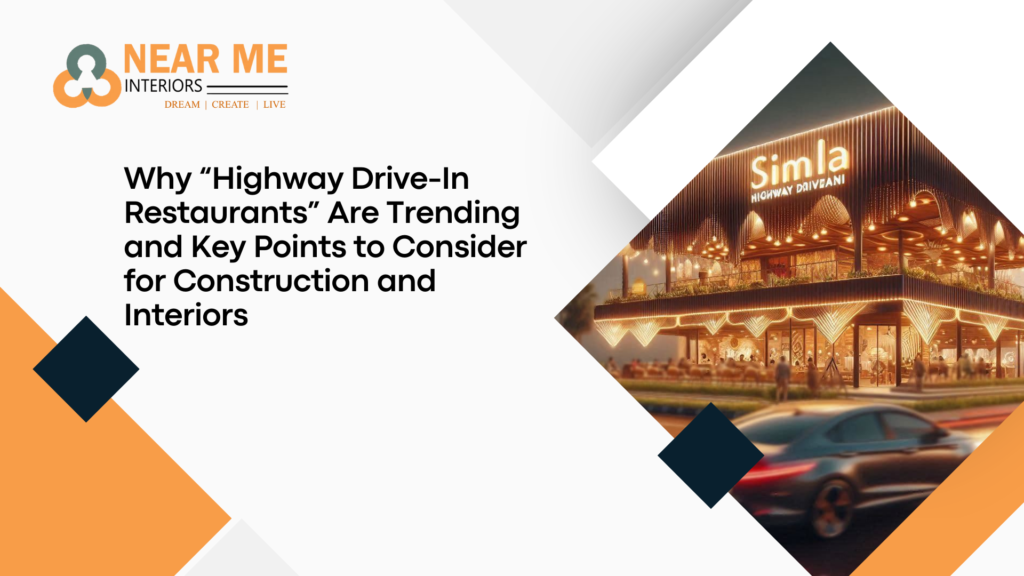













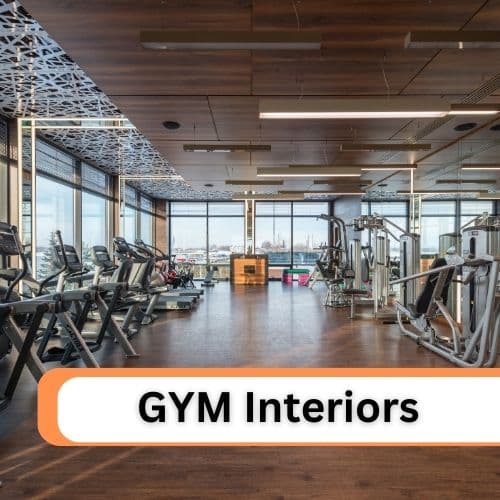







This Post Has 2 Comments
LOOKING FOR INTERIOR DESIGNER TO DESIGN HIGHWAY RESTAURANT OR FOOD PLAZA
Hi Ankush, Thank you for reaching out. Our Team will get back to you shortly.